Autism-Friendly Classroom Tips
Creating Classrooms That Cater to Autism Needs
Understanding Autism in Educational Settings
Creating an autism-friendly classroom involves understanding the unique challenges and needs of autistic students. This initiative not only requires adjustments to classroom environments but also demands a deeper understanding of autism and the impacts it has on learning and communication. Effective strategies and adaptations can greatly enhance the quality of education for autistic students, fostering a supportive and inclusive atmosphere.
Accommodating Students with Autism: A Comprehensive Approach
How to accommodate students with autism in the classroom?
To create an inclusive classroom for students with autism, tailored strategies are essential. One effective approach is to adjust communication styles. Clear, direct verbal instructions should be prioritized, avoiding reliance on non-verbal cues, as many autistic students may misinterpret body language. Using simple language and addressing students by name enhances understanding.
How can flexible schedules support students with autism?
Establishing clear visual schedules helps students anticipate daily activities and transitions, reducing anxiety associated with changes. Each student can benefit from personalized visual timetables, complemented by timers that visually display time remaining before the next activity. Regular use of these tools fosters a sense of security and predictability.
What role do transitions play in supporting autistic learners?
Transitions can be particularly challenging for students on the autism spectrum. Providing advance warnings and structured routines can ease these changes. Visual aids, such as 'first-then' boards, clarify expectations and facilitate smoother transitions between tasks.
How can engagement strategies enhance learning?
Engagement strategies play a vital role in accommodating autistic learners. Incorporating students’ interests into lessons captures their attention, making learning more relevant. Additionally, group work and social activities encourage positive interactions, helping to prevent feelings of isolation. Emotional support from educators fosters a nurturing environment where students feel valued and understood, ultimately improving academic outcomes.
| Strategy | Description | Benefits |
|---|---|---|
| Adjust Communication Styles | Use clear verbal instructions, avoiding non-verbal cues. | Better understanding and engagement |
| Implement Visual Schedules | Tailored visual aids to predict daily activities. | Reduced anxiety and improved focus |
| Manage Transitions | Provide warnings and structured routines for changes. | Easier adaptation to activity shifts |
| Foster Engagement | Incorporate interests and encourage group work for inclusion. | Increased motivation and social skills |
Classroom Modifications for Enhanced Learning
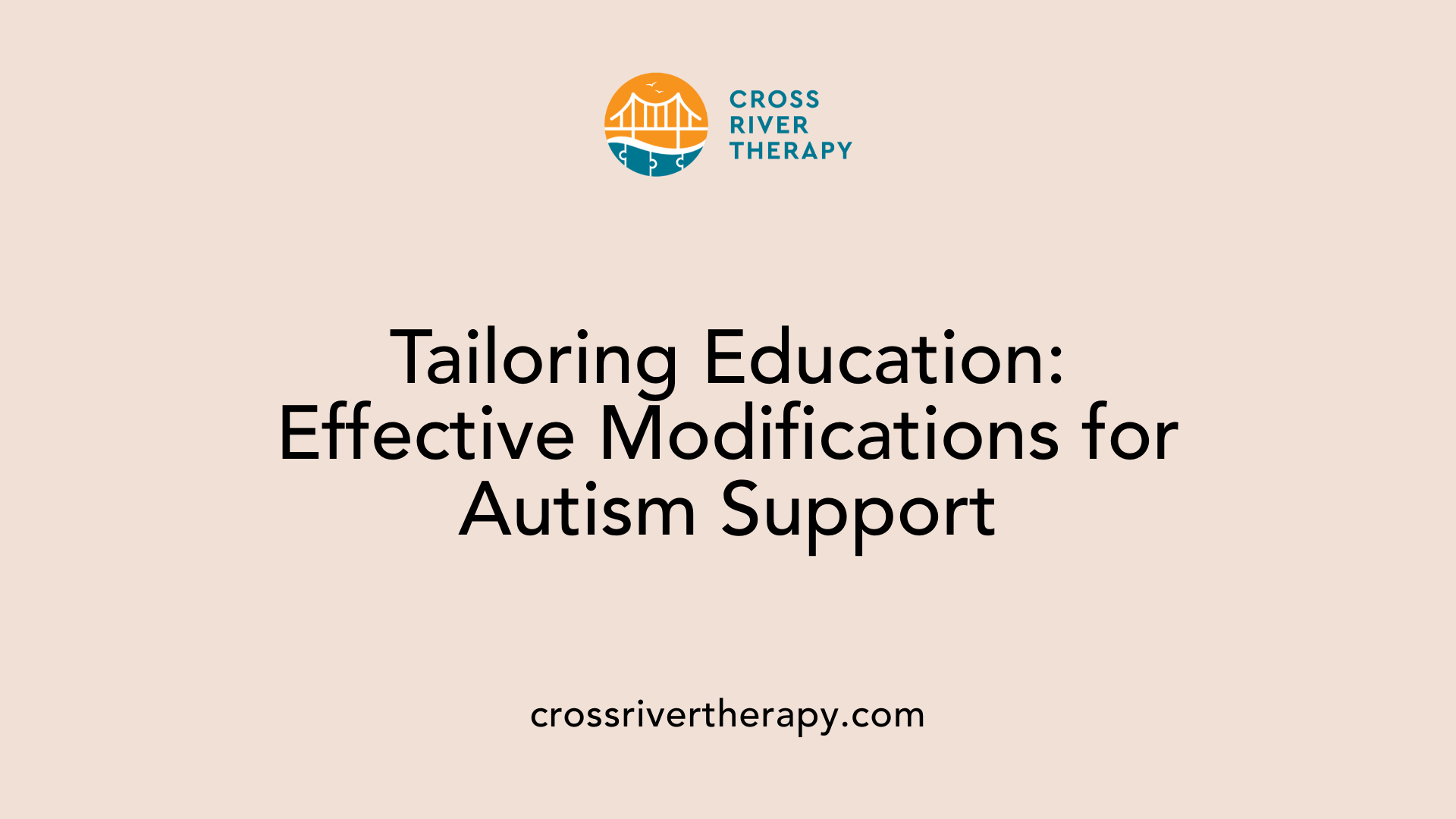
What modifications can be made for students with autism in the classroom?
To support students with autism in the classroom, several modifications can be made.
Visual Schedules
Implementing visual schedules helps provide clear expectations and routines. These schedules offer a visual representation of daily activities, reducing anxiety and aiding transitions. Using color-coded timetables further enhances comprehension, making it easier for students to anticipate what comes next.
Flexible Seating
Flexible seating arrangements allow students to choose the environment that works best for them. Options like bean bags, wobble cushions, and floor mats enhance comfort and promote focus by catering to individual sensory preferences. This flexibility helps students engage better in learning activities.
Sensory Breaks
Incorporating sensory breaks throughout the day is essential. These breaks allow students to decompress, manage their energy levels, and reduce sensory overload. Designating specific times and spaces for these breaks fosters a calm environment, helping students return to their tasks refreshed and focused.
Clear Communication
Using clear communication strategies, such as visual aids and simplified language, can significantly improve understanding and participation in classroom activities. Providing printed texts instead of requiring students to copy from the board aids focus and comprehension, essential for students with processing difficulties.
| Modification Type | Description | Benefits |
|---|---|---|
| Visual Schedules | Daily activities shown visually | Reduces anxiety, aids transitions |
| Flexible Seating | Options like bean bags and cushions | Enhances comfort and focus |
| Sensory Breaks | Designated time for students to decompress | Manages energy, reduces overload |
| Clear Communication | Use of visual aids and simplified language | Improves understanding, engagement |
Essential Features of an Autism-Friendly Classroom
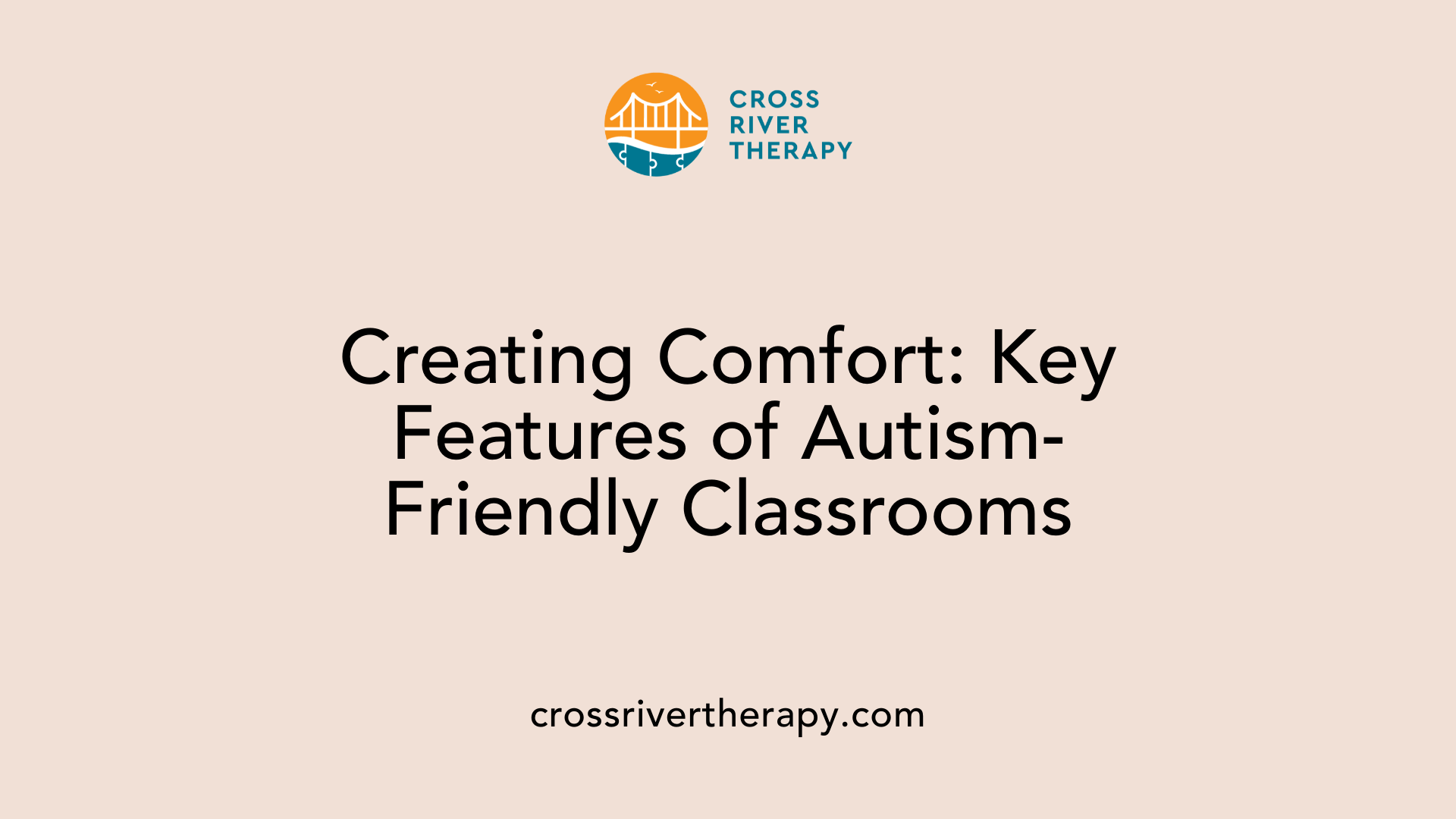
What are the essential features of an autism-friendly classroom?
An autism-friendly classroom is specifically designed to enhance learning and minimize stress for students with autism. Here are some fundamental features:
Workstations
- Defined Areas: Clearly defined workstations are essential for promoting independence among students. Each area should be labeled with visual aids, combining both pictures and text, to help students navigate their surroundings easily.
- Personalized Resources: Personalization of materials within each workstation can cater to individual learning preferences, making it easier for students to engage in focused tasks.
Physical Layout
- Smooth Transitions: The classroom layout should facilitate easy movement between activities, aimed at reducing waiting times that can heighten anxiety. Classes can be arranged in clusters to support both small and large group interactions effectively.
- Minimized Clutter: Keeping the environment free from non-educational items helps students maintain concentration on their learning objectives.
Sensory Environments
- Controlled Sensory Stimulation: The sensory environment plays a crucial role. Dimming harsh fluorescent lights, incorporating soft color schemes, and reducing visual distractions through careful organization can help students focus on their tasks rather than being overwhelmed.
- Calming Areas: A designated calming area equipped with sensory tools and calming items allows students to self-regulate when they feel overstimulated. This promotes emotional well-being and enhances their ability to engage in learning activities.
These elements collectively create an inclusive, supportive atmosphere that significantly benefits students with autism, ensuring that their unique needs are met effectively.
Designing a Classroom for Autistic Students
How do I make my classroom autism-friendly?
To make your classroom autism-friendly, establishing structured and predictable routines is essential. Children with autism thrive in environments where daily activities follow a consistent pattern. This consistency helps reduce anxiety around transitions, allowing for smoother experiences throughout their school day.
Utilizing visual aids is another critical aspect. Implementing visual schedules and clear signage can enhance learning and comprehension. For example, pictorial representations of daily activities help students anticipate what’s coming next, contributing to a sense of security. Incorporate tools like color-coded timetables to streamline information effectively.
What role do calming spaces play?
Calming spaces are instrumental in managing stress and anxiety. Designating quiet areas equipped with sensory tools such as noise-canceling headphones, fidget toys, and calming visuals allows students to regulate their emotions during overwhelming moments. By regularly practicing use of this area, students learn when to seek a break.
How can I minimize distractions?
Thoughtful classroom arrangement is vital to minimize distractions. For instance, placing students in locations that provide unobstructed views of the teacher enhances focus. Additionally, decluttering surfaces and labeling workstations with both pictures and words fosters independence. Creating a space that is visually organized can aid autistic students in navigating their environment more easily.
Strategies for Teaching Students with Autism
What are some strategies for teaching students with autism?
Teaching students with autism effectively involves several strategies. First, creating a calm and positive learning environment is essential. This can be achieved by greeting students respectfully and engaging them one-on-one. Establishing clear routines helps to provide consistency that many students with autism thrive on. Utilizing visual schedules aids understanding and significantly reduces anxiety related to transitions.
Clear, concrete language is vital. Teachers should be mindful of using simple and explicit instructions, as many students may struggle with verbal processing. Adding visual aids, such as pictorial labels and schedules, can enhance comprehension for students who need to grasp concepts visually.
Incorporating evidence-based practices, such as Applied Behavior Analysis (ABA) techniques, can boost engagement. Pairing students with positive role models and allowing for structured group activities fosters inclusivity and enhances social skills. Providing constructive feedback and using positive reinforcement strategies encourages students to develop self-regulation and motivation.
To further support learning, creating sensory-friendly environments, with designated quiet spaces and sensory tools, can significantly help students manage sensory sensitivities. By implementing these strategies, educators can create an inclusive learning atmosphere conducive to the diverse needs of their students with autism.
Adapting Practices for High-Functioning Autistic Students
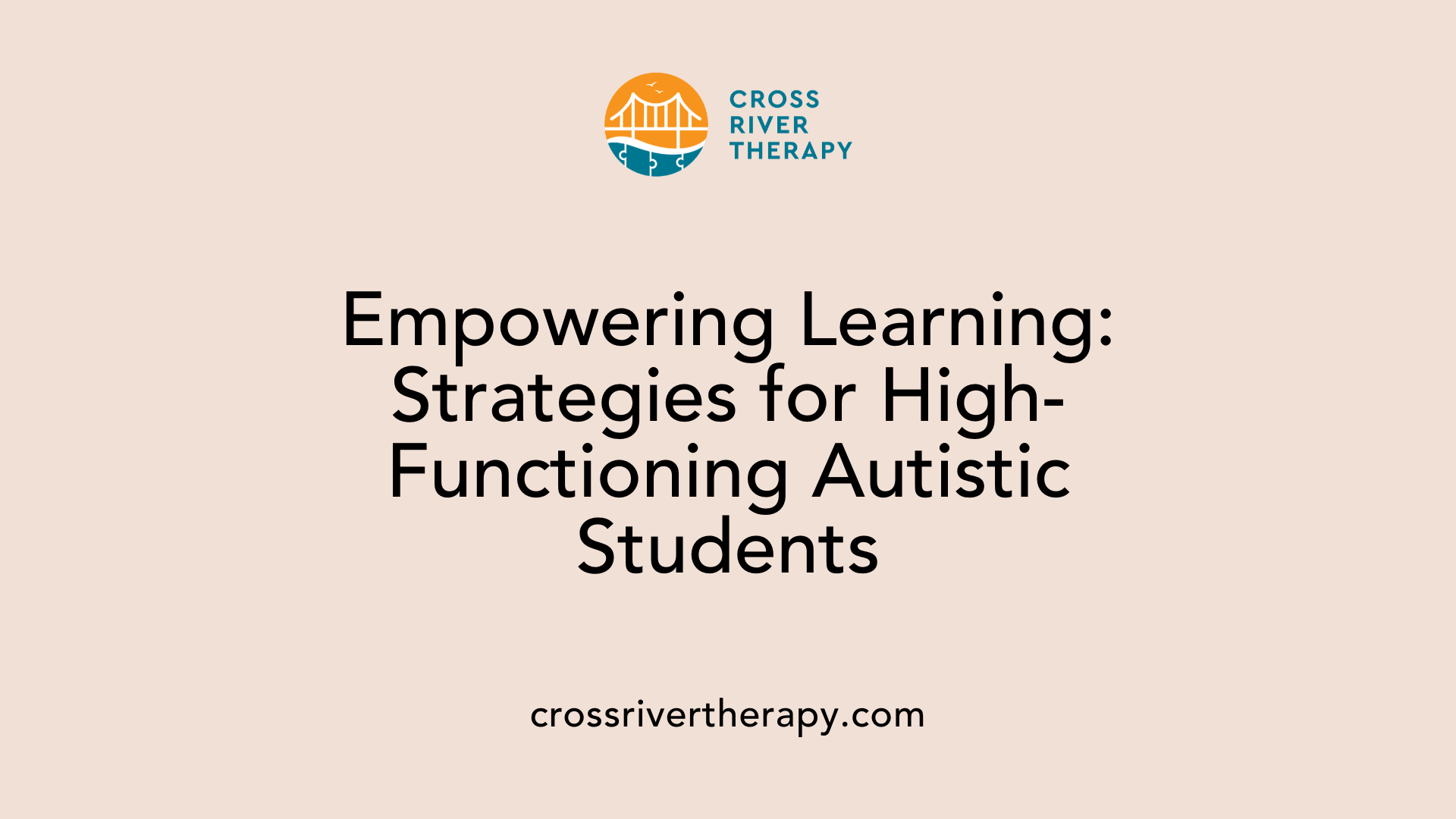
How can educators adapt teaching practices to support high-functioning autistic students?
Educators can create effective strategies by leveraging the unique interests of high-functioning autistic students. When lessons incorporate topics they are passionate about, engagement increases, fostering a more positive learning experience. For instance, if a student loves technology, integrating tech-related tasks into lessons can provide motivation and enhance skills across academic subjects.
Structured Teaching
Utilizing structured teaching methods is crucial for helping these students grasp abstract concepts. Visual aids simplify instructions and reinforce learning. Teachers can use tools like visual schedules and planners to aid organization, making transitions smoother. Clear, direct communication without idioms or sarcasm also helps in preventing misunderstandings. For example, instead of saying, "It's raining cats and dogs," a teacher might communicate simply, "It's raining very hard."
Relaxation Methods
Creating a comfortable classroom environment can greatly reduce anxiety for high-functioning autistic students. Establishing predictable routines coupled with designated relaxation areas allows these students to take sensory breaks when overwhelmed. Incorporating sensory tools, such as fidget toys or weighted blankets, can also aid in self-regulation, enabling them to refocus on learning tasks.
By implementing these strategies, educators can effectively cater to the diverse needs of high-functioning autistic students, leading to enhanced learning outcomes and overall well-being.
Sensory Considerations in Classroom Design
Lighting Adjustments
To create an optimal learning environment for students with autism, managing classroom lighting is essential. Harsh fluorescent lights can be overwhelming; thus, minimizing their use or covering them can reduce buzzing sounds. Instead, utilize soft, adjustable lighting options like halogen lamps or natural light to create a comfortable atmosphere. Low lighting can help ease anxiety and improve focus for students sensitive to bright lights.
Sound Management
Managing sound levels in the classroom is crucial, as children with autism may perceive noises with heightened intensity. Implementing strategies like white noise machines or playing calming classical music can effectively mask distracting sounds. Additionally, designating quiet spaces where students can retreat during overwhelming moments promotes emotional regulation and helps them return to focus more efficiently.
Sensory Tools
Incorporating sensory tools can significantly enhance the classroom experience for autistic students. These tools, such as fidget toys or weighted blankets, allow students to self-regulate their sensory inputs. Creating sensory corners or 'calm down' zones equipped with calming items provides crucial support during moments of stress, encouraging a positive and focused learning environment. Utilizing these sensory considerations ensures that students feel safe and supported, which is conducive to their independence and skill acquisition.
Personalizing Learning in Autism-Friendly Classrooms
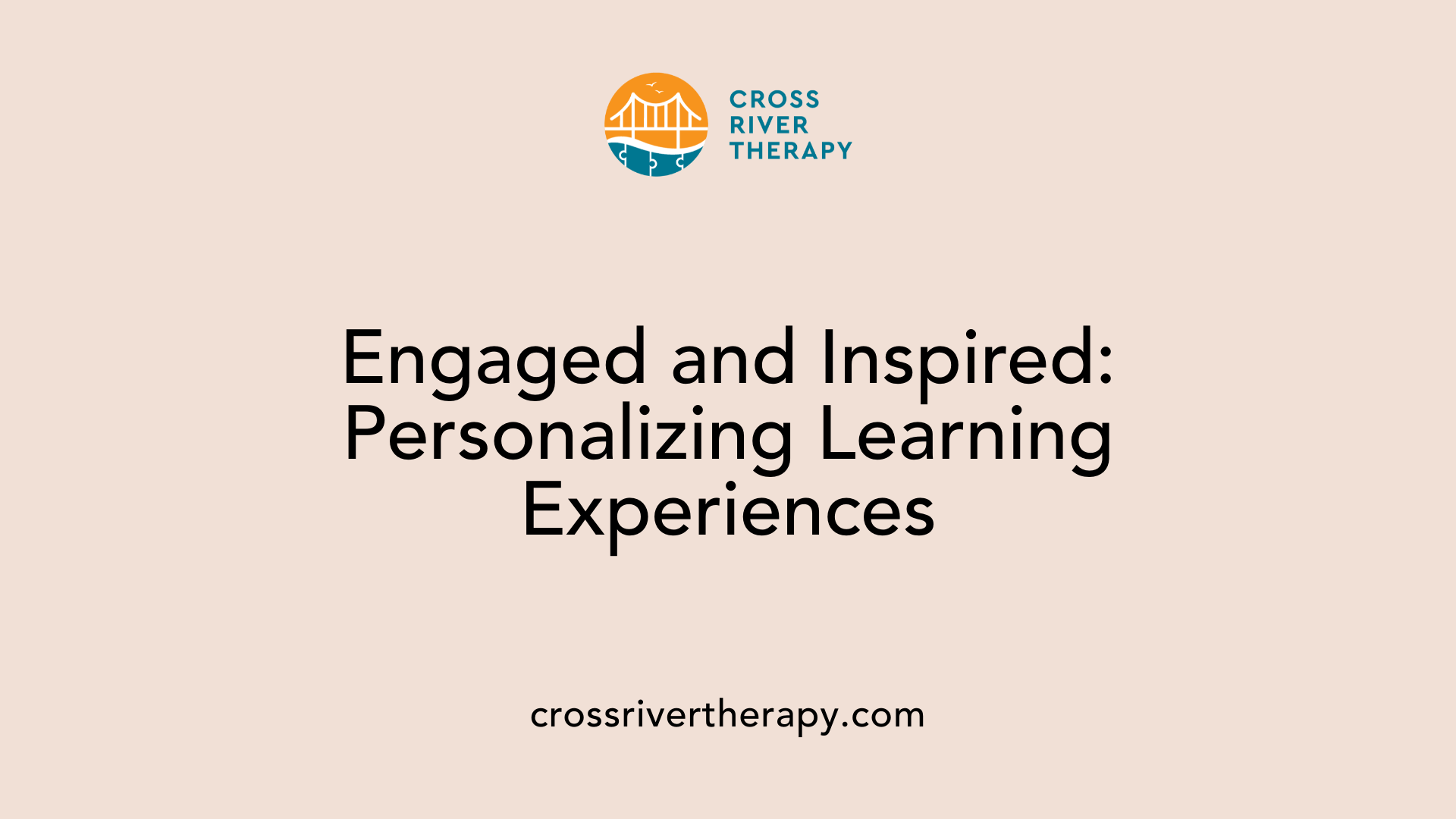
Focusing on Student Interests
Understanding the unique interests of each student with autism can significantly enhance engagement in the classroom. Teachers can incorporate these passions into lessons, allowing students to connect with the material. For example, if a student is fascinated by maps, lessons in math and reading can center around this theme, making learning more relevant and exciting.
Personalized Support
Utilizing an 'About Me' information sheet can also facilitate personalized support. By gathering essential facts about students’ likes, dislikes, and needs, educators can tailor teaching methods to improve student engagement and outcomes. Moreover, pairing students with positive role models in group assignments fosters social cohesion and diminishes feelings of isolation, as it encourages collaboration and understanding.
Organizational Tools
Incorporating organizational tools such as visual schedules and labeled workstations can help autistic learners manage their tasks better. These aids provide clarity in daily routines, which reduces anxiety about transitions. Visuals, like pictorial labels, allow students to navigate their environment effectively while promoting independence in their learning activities.
The Role of Collaboration and Communication
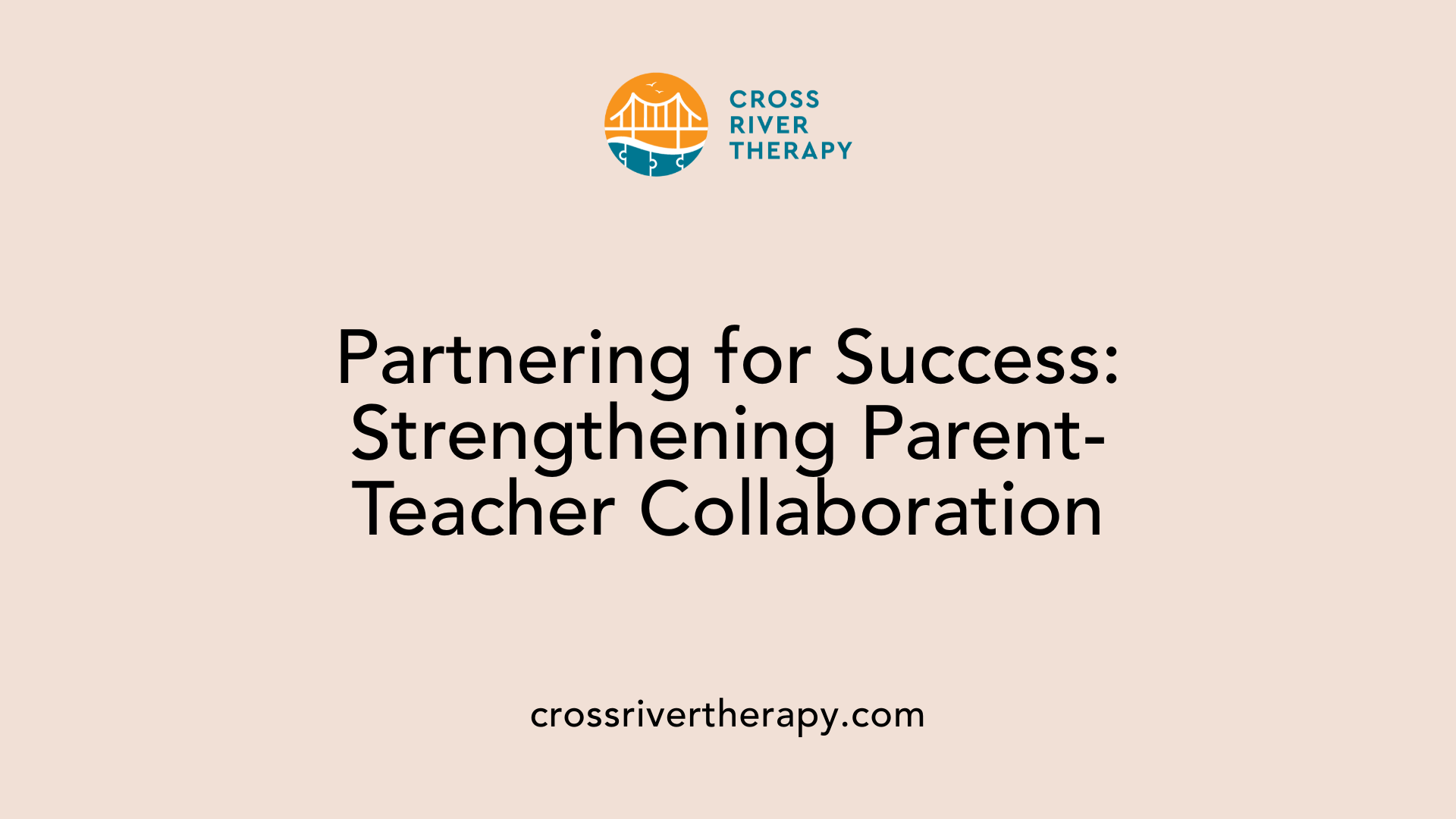
Parent-Teacher Collaboration
Effective collaboration between parents and teachers is foundational in supporting students with autism. Establishing a partnership ensures that both parties share insights regarding a child's strengths and challenges, creating a unified approach to learning and behavior management. Regular meetings and updates allow teachers to adapt strategies immediately based on the child’s progress at home and in school.
Clear Communication Channels
Open lines of communication are essential. Teachers should communicate classroom expectations, routines, and any specific needs observed in students. Using simple, direct language helps convey messages effectively, especially since many students with autism struggle with nuanced communication.
Individualized Strategies
Developing individualized education plans (IEPs) ensures that teaching strategies align with each child's unique needs. This may include adapting learning materials, seating arrangements, and behavioral interventions based on collaboration between educators and parents. Assessing and celebrating progress during conferences reinforces a child's accomplishments, fostering a positive educational experience.
| Aspect | Importance | Example Strategy |
|---|---|---|
| Parent Engagement | Strengthens home-school connection | Regular update meetings |
| Communication | Eases anxiety for students, ensures understanding | Use visual aids and simple language |
| Individualization | Tailors education to unique needs | Develop IEPs that accommodate styles |
Building Supportive Educational Spaces
Creating autism-friendly classrooms is an ongoing process that requires dedication, collaboration, and innovation from educators. Integrating strategies and accommodations tailored to the unique needs of autistic students enhances their educational experience. By fostering an environment that emphasizes flexibility, predictability, and understanding, educators can support the successful inclusion and personal growth of all students in their care.
References
- Autism in the classroom: Strategies for success
- Creating an Autism-Friendly Classroom - Fun & Function
- How to Set Up an Autism Classroom
- Setting Up Supportive Classrooms - VCU Autism Center for Education
- Preparing an autism friendly secondary classroom - Reachout ASC
- 10 Top Tips for an Autism-Friendly Classroom - The Sunshine Room
- Creating a Sensory Friendly Classroom for Students with Autism
- A guide to autism classroom setup



